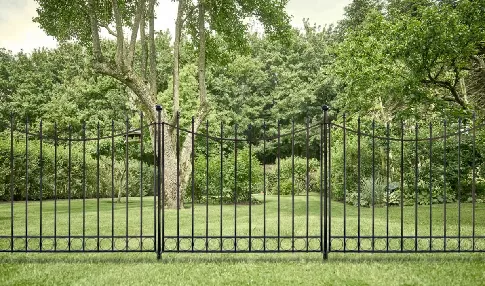fiberglass mesh netting
Déc . 15, 2024 16:38
The Versatile Applications of Fiberglass Mesh Netting
Fiberglass mesh netting is an innovative and durable material that has gained immense popularity in a variety of industries, from construction to agriculture. Its unique properties make it an ideal choice for various applications, providing strength, flexibility, and resistance to environmental factors. In this article, we will delve into the characteristics, advantages, and diverse uses of fiberglass mesh netting.
Characteristics of Fiberglass Mesh Netting
Fiberglass mesh netting is made from woven strands of fiberglass, which are then coated with a protective layer, usually made of PVC or a similar material. This manufacturing process endows the mesh with remarkable durability and resistance to degradation caused by weather and UV radiation. The netting is available in various sizes and weights, which allows it to cater to specific needs in different applications.
One of the standout features of fiberglass mesh netting is its lightweight nature combined with high tensile strength. This means that it can be easily handled and installed, making it a convenient choice for construction projects. The mesh is generally easy to cut and shape, which allows for versatility in its application.
Advantages of Fiberglass Mesh Netting
The benefits of using fiberglass mesh netting vary across different industries. One of the primary advantages is its resistance to corrosion and chemical exposure. Unlike traditional materials, fiberglass netting does not rust or deteriorate when exposed to harsh chemicals or extreme weather conditions. This makes it an excellent option for outdoor applications, including landscaping and agricultural use.
Moreover, the mesh promotes ventilation while still providing a protective barrier. This dual functionality is particularly valuable in agriculture, where it can be used to protect crops from pests while allowing sunlight and air to penetrate. Additionally, the mesh can help prevent soil erosion and support plant growth by stabilizing soil structures.
fiberglass mesh netting

Another significant advantage is its cost-effectiveness. Fiberglass mesh netting offers an affordable solution for strengthening various structures without compromising on quality. Its longevity also means reduced replacement and repair costs over time, making it a smart investment for builders and contractors.
Diverse Uses of Fiberglass Mesh Netting
Fiberglass mesh netting has a wide array of applications across different sectors. In the construction industry, it is often used for reinforcing walls, ceilings, and other structural components to prevent cracking and provide additional support. The mesh can be embedded in plaster or concrete to enhance the structural integrity of buildings.
In agriculture, fiberglass mesh netting serves multiple purposes. It can be used for fencing to protect livestock and crops from predators, while also acting as a support for climbing plants. Moreover, farmers can utilize the mesh to create shade structures for young plants or to establish windbreaks that reduce crop damage during storms.
Furthermore, in the world of DIY and home improvement, fiberglass mesh netting is a favorite among enthusiasts for crafting lightweight and durable solutions for various projects. It can be employed in making garden trellises, helping gardeners cultivate their plants effectively.
Conclusion
In conclusion, fiberglass mesh netting stands out as a versatile and durable solution for multiple applications. Its unique characteristics, such as resistance to weather, lightweight design, and cost-effectiveness, make it an invaluable asset in industries ranging from construction to agriculture. As more people realize the benefits of using fiberglass mesh netting, its popularity is poised to grow, leading to even more innovative applications in the future. Whether strengthening structures or protecting crops, fiberglass mesh netting will continue to play a critical role in enhancing productivity and longevity across various fields.




















